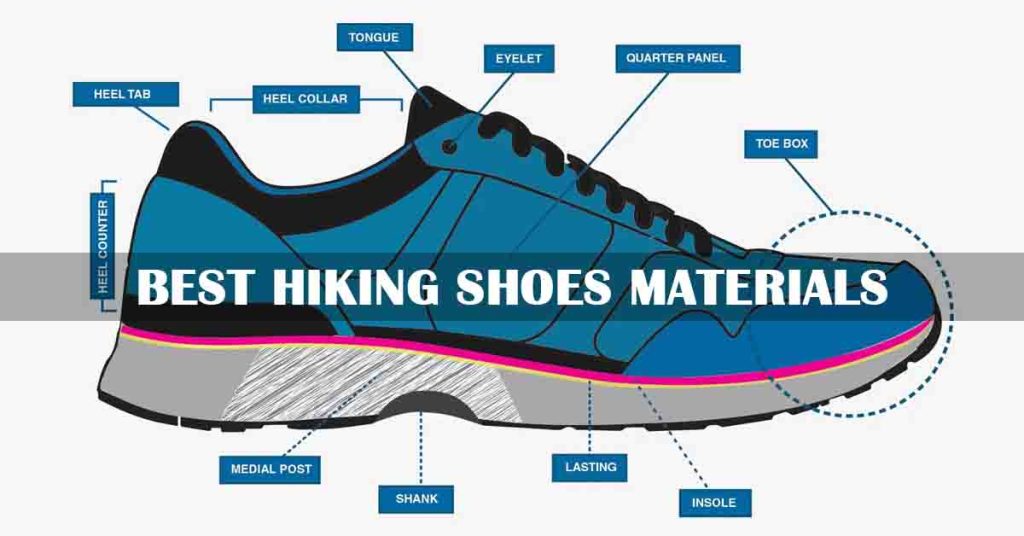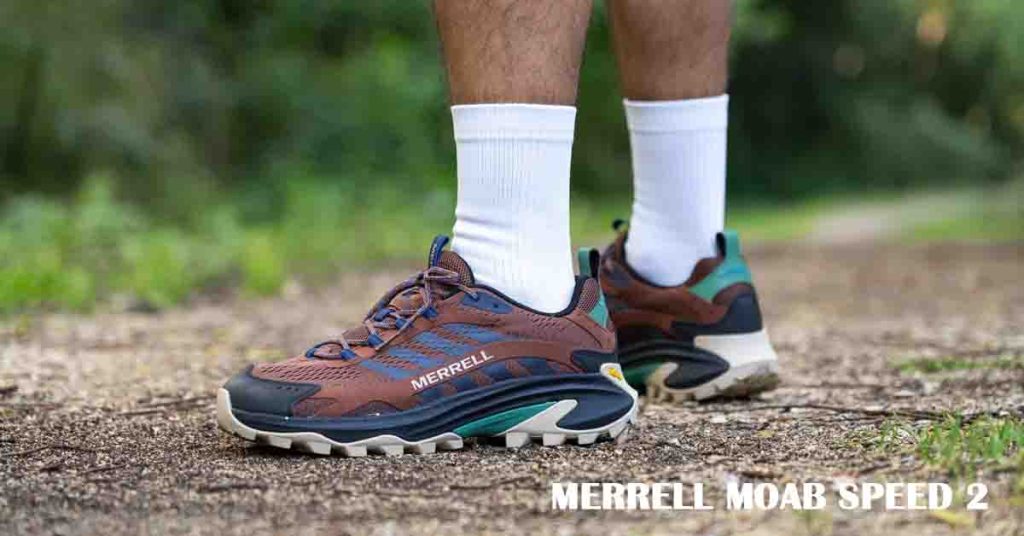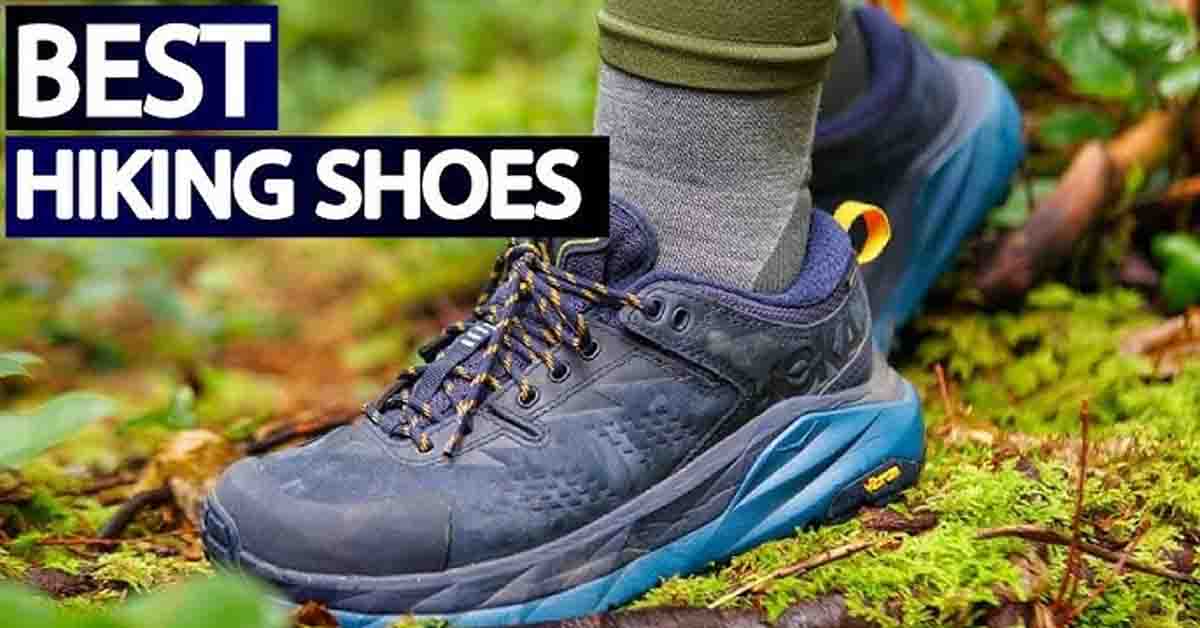Finding the best hiking shoes for your next outdoor adventure is essential for safety, comfort, and performance on the trail. With so many options available, it can be overwhelming to choose the right pair. In this guide, we’ll share seven expert tips to help you find the perfect hiking footwear that suits your needs, so you can hit the trails with confidence.
1. Understand your hiking needs
Before choosing the best hiking shoes, it’s important to assess your hiking style and the terrain you’ll tackle. Are you planning short day hikes on well groomed trails, or are you preparing for multi-day backpacking trips on rugged paths? Lightweight trail shoes are ideal for day hikes, while sturdy hiking boots offer better ankle support and protection for rougher terrains. Consider your typical hiking environment, climate, and how much weight you’ll carry, as these factors will help you select the best pair for your outdoor adventures.
2. Prioritize fit and comfort
Fit and comfort are crucial when selecting the best hiking shoes. Visit a store in the afternoon, when your feet are slightly swollen, to mimic real hiking conditions. Always try on shoes while wearing hiking socks to ensure an accurate fit. Look for shoes with enough room for your toes to wiggle, a snug heel that prevents slipping, and no pressure points that could cause blisters. Everyone’s feet are different, so it’s worth trying several brands and sizes to find the best fit for your foot shape and arch support needs.
3. Choose the right materials

Material choice directly impacts the weight, durability, and breathability of your best hiking shoes. Full-grain leather is durable and water-resistant, ideal for tough terrains, but may feel heavy and less breathable. Synthetic materials and mesh fabrics are lighter and more breathable, making them a good choice for warm-weather hikes. If you frequently hike in wet conditions, consider waterproof hiking shoes with Gore Tex membranes. However, remember that waterproof shoes may reduce ventilation, which can lead to sweaty feet on hot days.
4. Evaluate traction and sole quality
Good traction keeps you safe on slippery and uneven trails. The best hiking shoes feature durable rubber outsoles with deep, multi-directional lugs for grip and stability. Vibram soles are known for their exceptional durability and traction, making them a popular choice among hikers. Don’t forget to check the midsole cushioning for shock absorption and arch support, as these play a big role in overall comfort, especially on long hikes. A high quality sole ensures your shoes perform well on diverse terrains, from rocky trails to muddy paths.
5. Consider weight and flexibility
Weight matters when choosing the best hiking shoes lighter shoes help reduce fatigue, especially on longer hikes. However, don’t sacrifice support and protection for weight savings. The best hiking shoes offer a balance of lightweight design and stability. Trail runners are a good alternative for experienced hikers who value agility, but for challenging hikes with uneven surfaces, opt for shoes that offer more structure. Flexibility is also key your shoes should move with your foot while providing enough support for stability and control.
6. Test for durability and protection
Your best hiking shoes should withstand the wear and tear of rugged trails. Look for durable construction, such as reinforced toe caps, strong stitching, and abrasion-resistant uppers. Heel counters add stability, while padded collars and ankle support provide extra protection. Investing in high quality hiking shoes ensures they’ll last for many miles and adventures, saving you money in the long run and keeping you safe on every trail.
7. Match shoes to your hiking conditions
The best hiking shoes for you depend on where you’ll be hiking. Waterproof shoes are essential for wet, muddy trails or snowy conditions, while breathable mesh designs are perfect for hot, dry climates. For cold weather hikes, insulated shoes will help keep your feet warm. Always match your shoes to the typical trail conditions you’ll encounter to maximize comfort, performance, and safety on your hikes.
Top picks: Best hiking shoes for 2025

Looking for top-rated options? Here are some of the best hiking shoes for various needs:
- Merrell Moab Speed 2 – Best overall for comfort and versatility.
- Salomon X Ultra 4 Gore-Tex – Best for rugged trails and durability.
- Keen Targhee IV Waterproof – Best waterproof hiking shoes for wet conditions.
- Hoka Skyline Float X – Best for cushioning and support.
- Danner Trail 2650 – Most breathable hiking shoes for warm-weather hikes.
FAQs: Choosing the best hiking shoes
How should hiking shoes fit?
Your best hiking shoes should feel snug but not tight, with room for your toes and secure heels to prevent blisters.
Are waterproof hiking shoes necessary?
They’re helpful for wet or muddy trails, but for dry climates, breathable shoes may be a better option.
How long do hiking shoes last?
Typically, hiking shoes last between 500–1,000 miles, depending on the terrain and care.
Can I use trail runners instead of hiking shoes?
Trail runners can be a great option for lighter hikes on well maintained trails, but may lack support for rough terrain.
Final Thoughts
Choosing the best hiking shoes is a critical step in preparing for a safe, enjoyable outdoor adventure. By following these seven tips understanding your needs, prioritizing fit, choosing the right materials, evaluating traction, considering weight, testing durability, and matching your shoes to conditions you’ll be ready to find the perfect pair. Take the time to try on different styles, ask questions, and read expert reviews. The right hiking footwear will keep you comfortable, confident, and ready to explore every trail ahead.
Best Hiking Backpack (Read More…)
